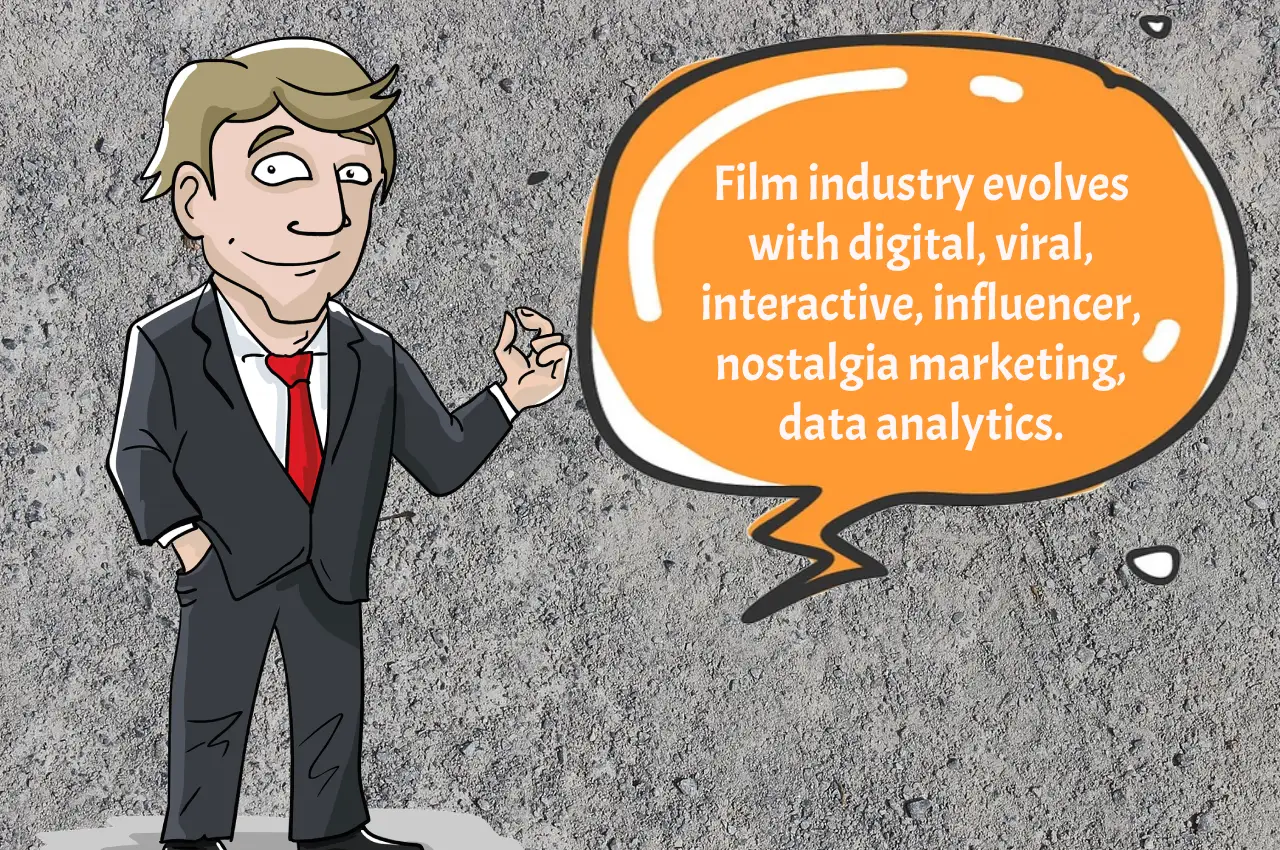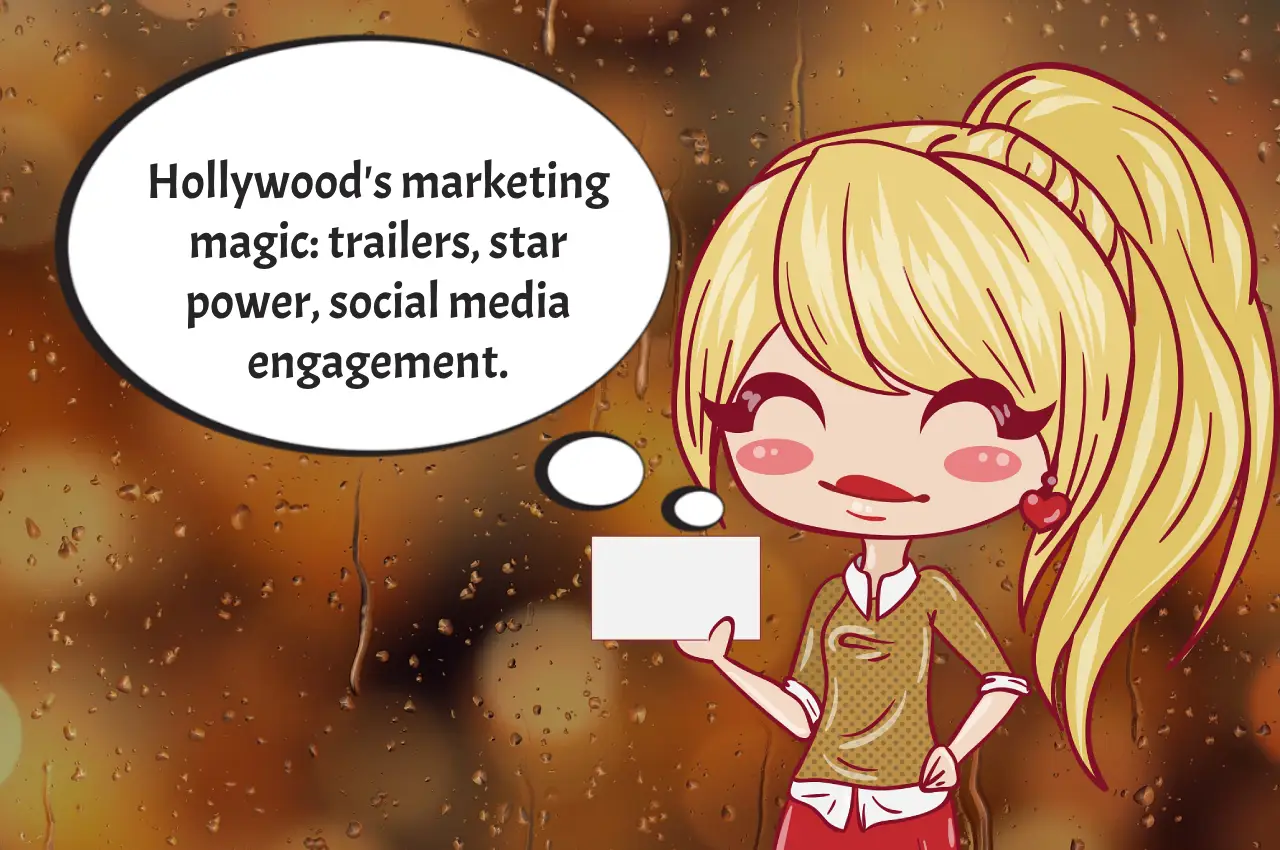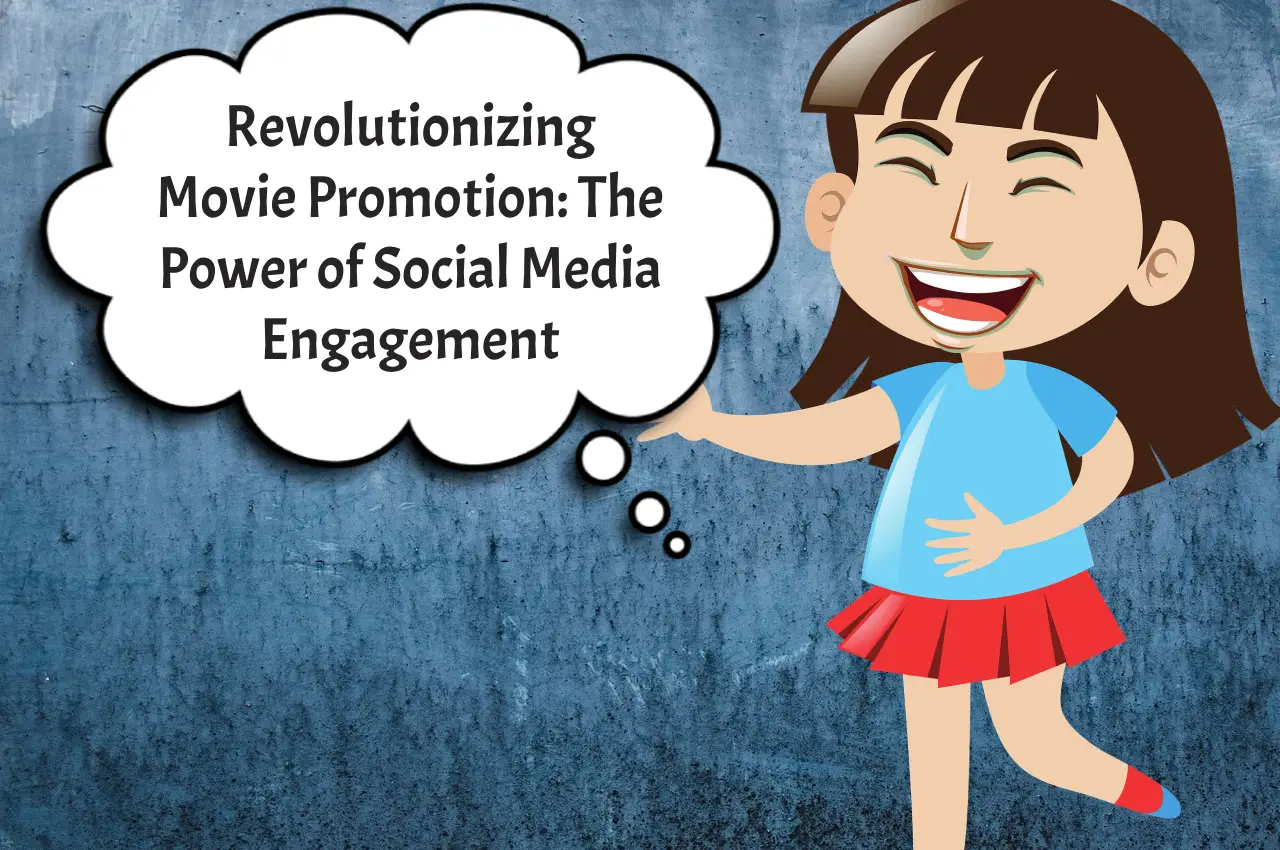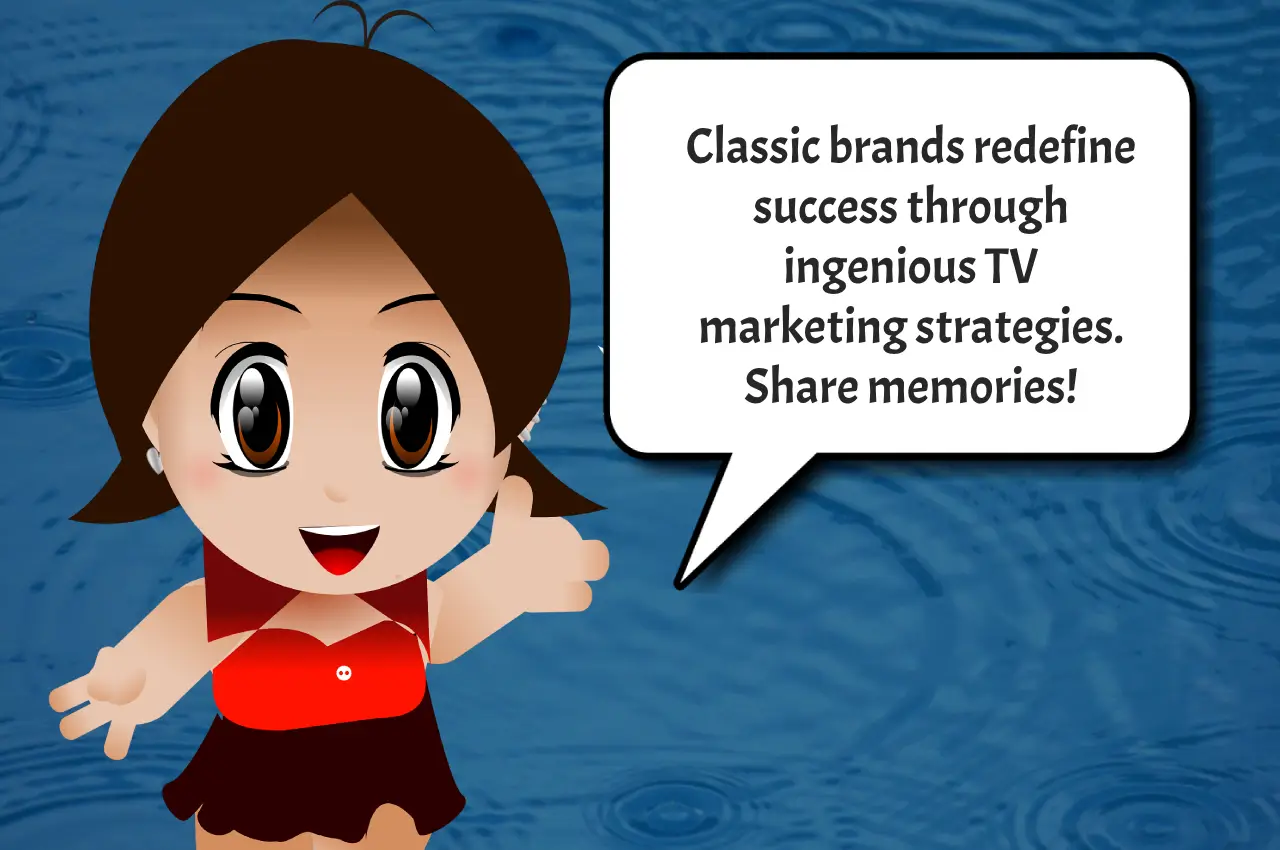The film industry, a dazzling world where stories come to life, constantly evolves. Its success hinges not just on the art of filmmaking but also on the art of marketing. Today, we’re casting a spotlight on movie marketing innovations. Let’s delve into this fascinating world, where creativity meets commerce in a bid to capture audience imaginations.
Embracing Digital Frontiers
In an age where digital content is king, movie marketing has shifted dramatically. Social media platforms have become battlegrounds for attention. Studios now leverage these platforms to create buzz. For instance, consider the Twitter campaign for the horror movie “A Quiet Place.” The campaign used minimalistic, eerie content, perfectly capturing the film’s essence. It sparked intrigue, drawing audiences with its unique approach.
The Power of Viral Marketing
Viral marketing is a game-changer. It involves creating content that naturally encourages sharing and discussion. Take the example of “Deadpool.” The marketing team used cheeky, irreverent humor mirroring the movie’s tone. This approach turned heads and spread like wildfire online, creating an anticipation that paid off at the box office.
Interactive Experiences
Creating immersive, interactive experiences is another key strategy. The “Harry Potter” film series, for example, extended its magic beyond the screen. It offered fans an array of interactive opportunities, from online quizzes to augmented reality experiences. This strategy deepened the connection between the films and their audience.
Leveraging Influencer Collaborations
Influencers are the new age celebrities. Films often partner with these social media giants to tap into their massive follower bases. A classic example is the collaboration for “The Avengers” series. Here, influencers from various niches created themed content, bringing diverse audiences under one cinematic banner.
Strategic Teaser Releases
The art of the tease has never been more important. Releasing trailers and teasers at strategic times can build tremendous hype. For “Star Wars: The Force Awakens,” teasers were dropped at key moments. This strategy kept fans on their toes, fueling their excitement and curiosity.
Nostalgia Marketing
Tugging at heartstrings with nostalgia can be powerful. When “Jurassic World” was released, it did not just sell a new story. It rekindled the awe and wonder of the original “Jurassic Park.” The marketing highlighted this connection, drawing in both new fans and those who had grown up with the franchise.
Leveraging Big Data
Data drives decisions in movie marketing now. By analyzing trends and preferences, studios can tailor their campaigns for movie marketing innovations. For instance, Netflix uses viewer data to craft targeted trailers for its original films. This personalized approach ensures that the right audience sees the right content.
Experiential Premieres and Events
Red carpets have evolved into thematic experiences. For the premiere of “Alice Through the Looking Glass,” the event was transformed into a whimsical wonderland. This approach not only thrilled attendees but also generated buzz on social media.
Cross-Promotional Strategies
Cross-promotion is a clever tactic in movie marketing innovations. Movies often partner with brands for mutual benefit. “The LEGO Movie” and its tie-ins with LEGO products are a prime example. This strategy creates a symbiotic relationship, boosting visibility and sales for both parties.
Utilizing Subscription-Based Platforms
The rise of subscription-based platforms like Netflix and Disney+ has changed the game in movie marketing innovations. These platforms offer unique marketing opportunities. They provide detailed metrics and a captive audience, allowing for more focused and effective marketing strategies.
Community Engagement
Engaging with the community is crucial. Filmmakers and actors often participate in fan events, Q&A sessions, and social media interactions. This builds a loyal community around a film. For “The Hunger Games,” such engagement created a dedicated fan base that passionately supported the franchise.
Behind-the-Scenes Glimpses
Offering a peek behind the curtain is always enticing. Sharing behind-the-scenes content gives fans a sense of being part of the filmmaking process. It was a tactic skilfully used by “La La Land,” where glimpses of rehearsals and set life added an extra layer of connection with the audience.
The Future of Movie Marketing
As we’ve seen, movie marketing is no longer just about trailers and posters. It’s about creating experiences, engaging with audiences on multiple levels, and using innovative strategies to captivate and retain interest. The future of movie marketing lies in its ability to adapt, embrace new technologies, and above all, understand the evolving tastes and preferences of its audience.
What movie marketing innovations impressed you the most? Or maybe you have a unique idea that could change the game? Share your thoughts in the comments below! Let’s discuss how the magic of marketing can continue to transform the movie industry.





